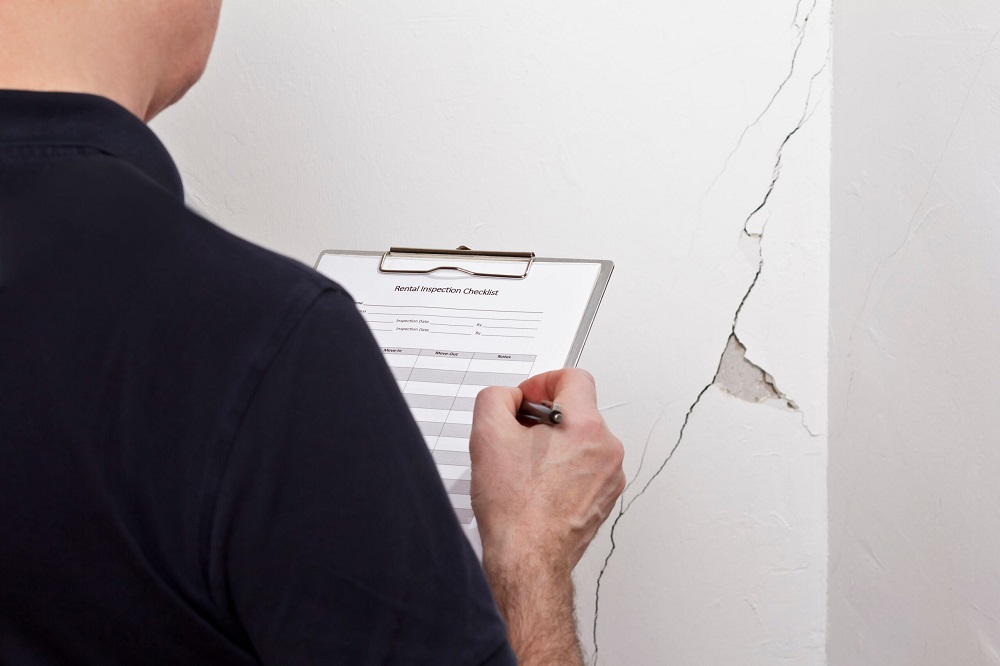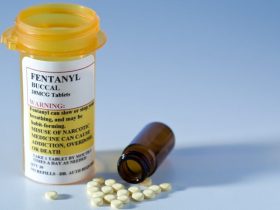Leasing a rental property can be a smooth and hassle-free experience if approached with the right preparation. Whether you’re a first-time renter or a seasoned tenant, understanding the key components of a rental Leasing Checklistcan save you time, money, and future headaches. This comprehensive guide covers all the essentials, from documentation to inspections and other vital considerations before you sign the lease.
1. Essential Documents
Before moving into any rental property, it’s crucial to gather and review specific documents. Here’s what you’ll typically need:
- Proof of Income: This includes recent pay stubs, bank statements, or tax returns to demonstrate your ability to pay rent.
- Identification: A government-issued ID like a driver’s license or passport is usually required.
- Rental History: References or contact information from previous landlords can help landlords verify your rental behavior.
- Credit Report: Some landlords request permission to run a credit check. A strong credit score can improve your chances of approval.
- Application Form: Most landlords or property managers require a completed rental application with your personal and financial details.
2. Lease Agreement Review
Once your application is approved, you’ll be asked to sign a lease. Carefully reviewing this document is essential. Look for:
- Lease Term: Understand whether it’s a fixed-term lease or a month-to-month arrangement.
- Rent Amount & Due Date: Clarify how much rent is due, when it’s due, and acceptable payment methods.
- Security Deposit Terms: Know how much deposit is required, what it covers, and under what conditions it is refundable.
- Maintenance Responsibilities: Determine whether the tenant or landlord is responsible for specific repairs and upkeep.
- Pet Policy: If you have pets, make sure they’re allowed and check for any associated fees or restrictions.
3. Move-In Inspection
Before you move in, conduct a thorough inspection of the property. This can prevent disputes when moving out. Key areas to inspect include:
- Walls and Paint: Look for cracks, holes, or peeling paint.
- Plumbing: Check faucets, toilets, and showers for leaks or water pressure issues.
- Appliances: Ensure all appliances are working properly.
- Windows and Doors: Test locks, latches, and seals for security and energy efficiency.
- Smoke Detectors and Alarms: Make sure all safety devices are in working order.
Take photos or videos during this inspection and document any existing damages in a move-in checklist, ideally signed by both tenant and landlord.
4. Additional Considerations
- Renter’s Insurance: Some landlords require tenants to carry renter’s insurance. It protects your personal belongings and provides liability coverage.
- Utilities: Determine which utilities are included in the rent and which are your responsibility.
- Neighborhood Research: Visit the area during different times of the day to check for noise levels, parking availability, and overall safety.
- Emergency Contacts: Know who to call for maintenance emergencies and get clear instructions on how to report problems.
Conclusion
Leasing a rental home involves more than just signing on the dotted line. A careful review of documents, thorough inspections, and awareness of your rights and responsibilities will help you avoid costly surprises down the road. Use this rental leasing checklist to guide you through the process confidently and ensure your new home is a perfect fit.










